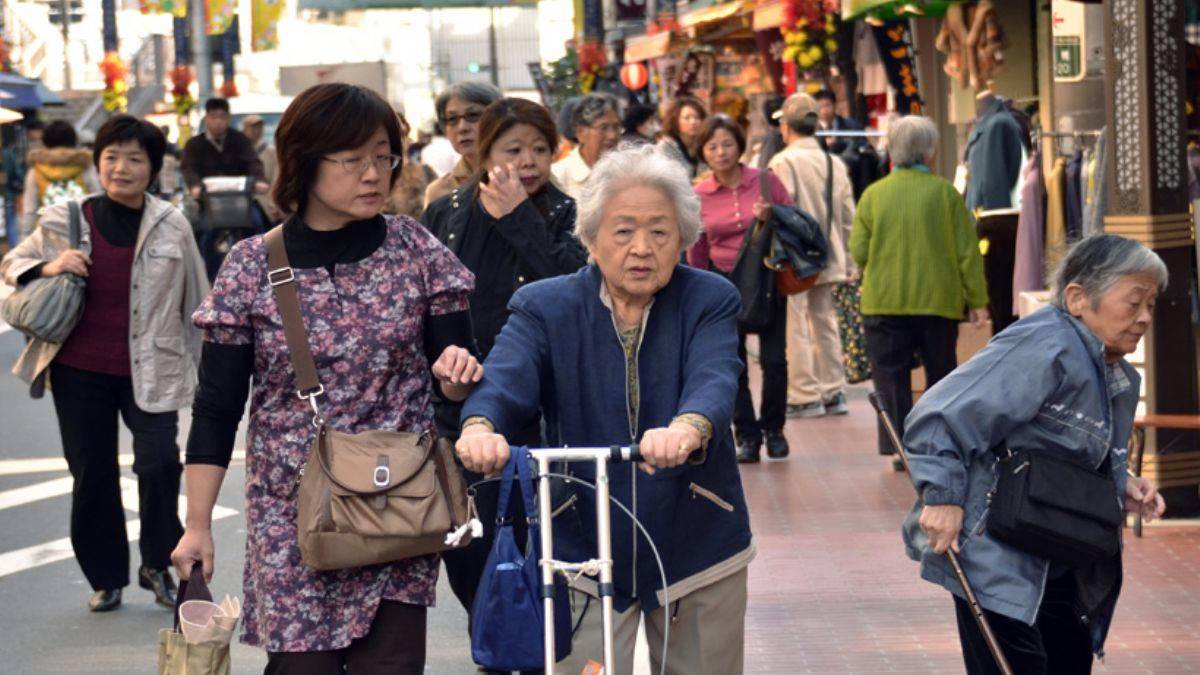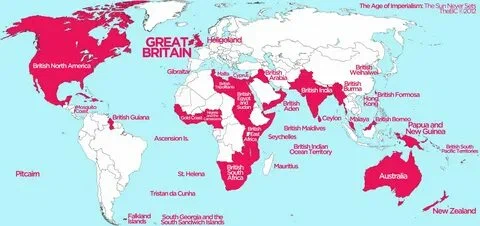China’s shrinking workforce, Japan’s plunging birth rate and Korea’s pension crisis all variations of same dire theme
East Asia faces an unprecedented demographic transformation that will reshape the region’s economic and social foundations within decades. From Seoul to Singapore, fertility rates have collapsed below replacement levels, creating aging societies with shrinking workforces and mounting care demands.
While this crisis spans multiple countries, Japan provides the clearest window into both the challenges ahead and potential solutions, having reached the most advanced stage of demographic decline.
The regional scope is staggering. South Korea’s fertility rate has plummeted to 0.72, the world’s lowest, while China’s has fallen to 1.09 despite abandoning its one-child policy. Taiwan sits at 0.87, and Singapore at 0.97.
These aren’t temporary fluctuations but sustained collapses driven by shared pressures: intense educational competition, high living costs, demanding work cultures and persistent gender inequalities that burden women with disproportionate caregiving responsibilities.
Japan, as the demographic frontrunner, illustrates where this trajectory leads. In 2024, births fell to 686,061—the first time below 700,000 since 1899—while deaths approached 1.6 million, shrinking the population by 900,000 people.
The fertility rate dropped to 1.15, and in Tokyo, it’s below 1.0. With seniors comprising 30% of the population and working-age adults only 59%, Japan faces smaller tax bases, strained pensions and regions struggling with aging and decline.
The Japanese experience reveals why conventional policy responses fail across the region. Despite extensive family-friendly policies, including child allowances and parental leave, births continue falling because three fundamental barriers persist throughout East Asia.
High-intensity work cultures directly conflict with family formation, especially for women caught between career demands and caregiving expectations. Marriage-centric approaches to parenthood reduce births when marriage itself becomes delayed or avoided.
Rising costs of housing, education and child-rearing push desired family sizes below replacement levels, particularly in expensive metropolitan areas.
These create self-reinforcing cycles visible across the region: fewer young adults produce fewer births, accelerating aging and fiscal pressure, which tightens labor markets and makes family formation even harder.
China’s shrinking workforce, South Korea’s pension crisis and Singapore’s foreign worker dependence all reflect variations of this dynamic.
Japan’s evolution toward immigration as a partial solution foreshadows regional trends. Foreign residents reached 3.6 million in early 2025, reflecting policy shifts that other East Asian countries are beginning to emulate.
However, immigration alone cannot reverse age structures quickly enough, and political sensitivities remain high across the region. The crucial challenge is integrating immigrants effectively to stabilize productivity and social cohesion.
Rather than chasing birth rate recovery, East Asian societies need comprehensive strategies for thriving with smaller, older populations. Japan’s emerging approach offers a regional template across several dimensions.
Work redesign represents the first priority. Default flexibility with strict overtime limits and predictable scheduling challenges the region’s notorious work cultures.
Corporate incentives should be tied to concrete caregiving and flexibility improvements, not just policy promises. This applies equally to South Korea’s demanding corporate culture and China’s “996“ work expectations.
Making parenthood low-friction requires treating early childhood care as critical infrastructure. Universal, high-quality childcare within reasonable distances, backed by guaranteed spots, addresses cost and availability barriers across the region.
Portable benefits independent of employment or marital status support contemporary life patterns from Seoul to Shanghai.
Normalizing diverse family pathways means decoupling benefits from marriage and supporting single parents and cohabiting partners. Tax and pension systems should encourage rather than penalize dual-earner households, challenging traditional gender roles that persist across East Asian societies.
Building “silver productivity” economies through age-tech, robotics and AI-enabled care platforms offers opportunities to turn demographic challenges into competitive advantages. Regional cooperation in developing these technologies could create exportable expertise in serving aging populations globally.
Immigration strategies must shift toward long-term settlement with language training, credential recognition, and anti-discrimination enforcement. Singapore’s managed approach and Japan’s recent visa expansions suggest models that China and South Korea might adapt.
The political economy of this transition varies across the region but shares common elements. Success requires coalitions spanning seniors, employers and younger households, with immigration policies becoming predictably stable.
China’s authoritarian system offers different tools than democratic Taiwan or South Korea, but all face similar distributional negotiations about who pays for change and how quickly institutions adapt.
East Asia can pioneer the world’s first cluster of successful “high-longevity, low-fertility” societies that maintain prosperity by maximizing capability at every age and background. This vision prioritizes time for caregivers, dignity for aging citizens, and inclusion for new residents across national boundaries.
Japan’s role as the demographic frontrunner makes it a crucial test case. If Japan develops effective adaptation strategies, they can inform approaches across the region and beyond. Many Western countries face similar but delayed transitions, making East Asian innovations globally relevant.
The demographic crisis spans East Asia, but so does the opportunity for solutions. Japan’s experience as the leading edge offers both warnings and hope for neighbors following the same path. The question isn’t whether these societies will age and shrink—that’s already happening.
The question is whether they can build thriving models adapted to that reality, potentially transforming one of the 21st century’s greatest challenges into a source of innovation and global leadership.
* Y. Tony Yang is an endowed professor and associate dean at the George Washington University in Washington, DC.
Source: https://asiatimes.com/2025/08/fewer-cradles-more-canes-east-asias-demographic-reckoning/#






